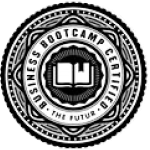Customer expectations were already on the top before Covid-19. Technology development has facilitated the consumer experience and uplifted the need for branding. In this regard, direct-to-consumer companies (like Glossier or Parachute) explained how consumers have opted to expect hyper-personalization from brands.
However, the digital transformation increased in speed after the coronavirus’s arrival. As a result, customer expectations about what brands might provide them with digital experience also grew. The average customer now demands much more from a digital transaction.
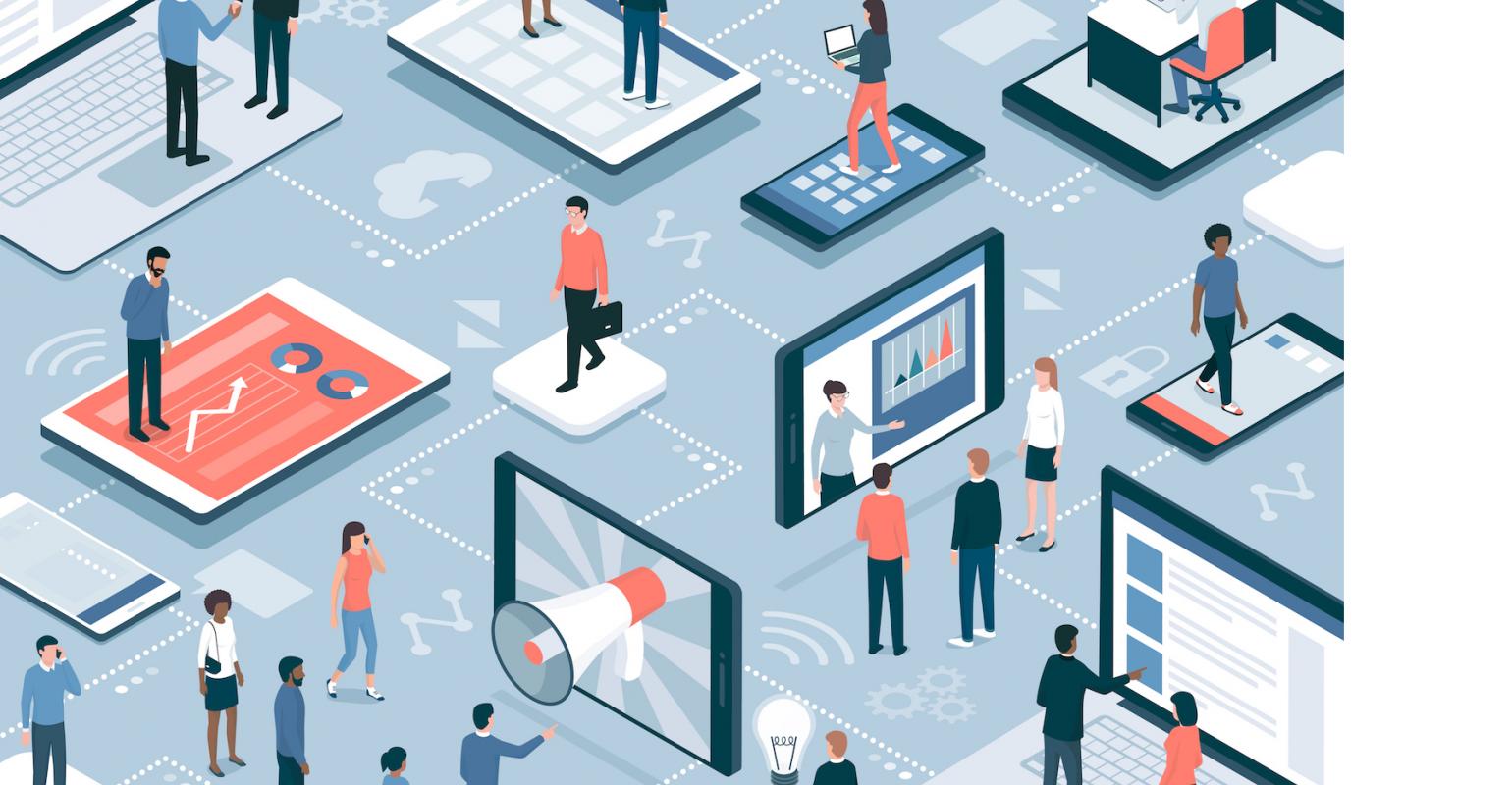
Now, in the post-pandemic era, as consumer perception has continued to rise, brands have changed their marketing tactics to accommodate consumers’ changing demands.
We have discovered that marketing communications have gone beyond location. They must be individually relevant and tailored to a person’s circumstances and values rather than general demographics like age and gender. Hence, identifying customer segments that categorize people under various factors can directly affect their purchasing behavior.
In this regard, the EY Future Consumer Index did some research with 14,500 people in 20 countries since the arrival of Covid. They identified five distinct types of consumers that all brands should know.
1. Type of Consumers
- 32% of customers believe in Affordability: Keeping within their means and budget, these consumers emphasize product usefulness rather than brand recognition.
- 25% of consumers take Health first: They keep their own and their family’s Health at the top and select things they believe to be safe.
- 16%of customers pick Environment-Friendly Products: Trying to reduce their environmental effects and choosing brands that align with their values.
- 15% are Social Well-wishers: Collaborating for the common good and supporting businesses they perceive as trustworthy and transparent.
- 12% of consumers go for experience: People who live in the present to enjoy life are frequently receptive to new goods, services, and brand experiences.
Hence, customer segmentation and personas can provide a deeper understanding of media strategy and innovative marketing techniques. With the client journey, we can identify what consumers value the most and how we, as brands, can attain it.
2. Understanding What Consumers Values in A Brand
A brand can change its marketing strategies according to what its audience values the most. Understanding customers’ wants can win them over by building loyalty.
Consumers value brand interaction without any barriers
There are many ways for customers to communicate, like social media, email, direct letters or marketing campaigns. Consumers expect to communicate and get heard by the brand. As a result, clients demand consistent engagement across departments. Therefore, brands must
communicate information in their marketing, service, and sales initiatives.
They value personalization for uniqueness
Refrain from treating them as if they are a number to your sales. Customers expect individualized offers all the time. Thus, businesses must be aware of their particular requirements and demands.
Customers desire innovation from brands
As a brand, you should continue trying new standards. Especially, Post Covid-19, many customers now expect companies to opt for digital initiatives. Customers think businesses should offer new means to access current products and services. They want your brand to surpass their expectations and raise the bar in the market.
Customers want to trust that their data is secure
Nowadays, only 48% of customers have trust in businesses. The majority of people now fully understand how businesses use their personal information. Therefore, a company must be transparent and honest with its customers to build brand loyalty.
A company’s experience was one of the important differentiator factors for the audience. However, now the scope of the client experience is also evolving. Your businesses must provide a great marketing strategy to win customers’ hearts. Increase better e-commerce and service encounters and work for their best interests.
Customers have high expectations from brands, and their standards are rising as they interact with numerous competitors. For this, firms must go outside of their comfort zone to comprehend the standards by which they are measured.
3. Work with Vowels
Suppose you want to rebrand your own company. In that case, whether with a new logo, website, messaging, or a full brand transformation, it’s time to contact a reputable Branding Agency like Vowels to make your idea a reality. Contact us today and get information about our services in corporate branding, brand strategy, brand guidelines, CI manuals, and brand presentations.
Check Out Our Happy Customers
1. 2E – 2Ergonomics Modern Furniture Brand
Brand Strategy & Logo Designing
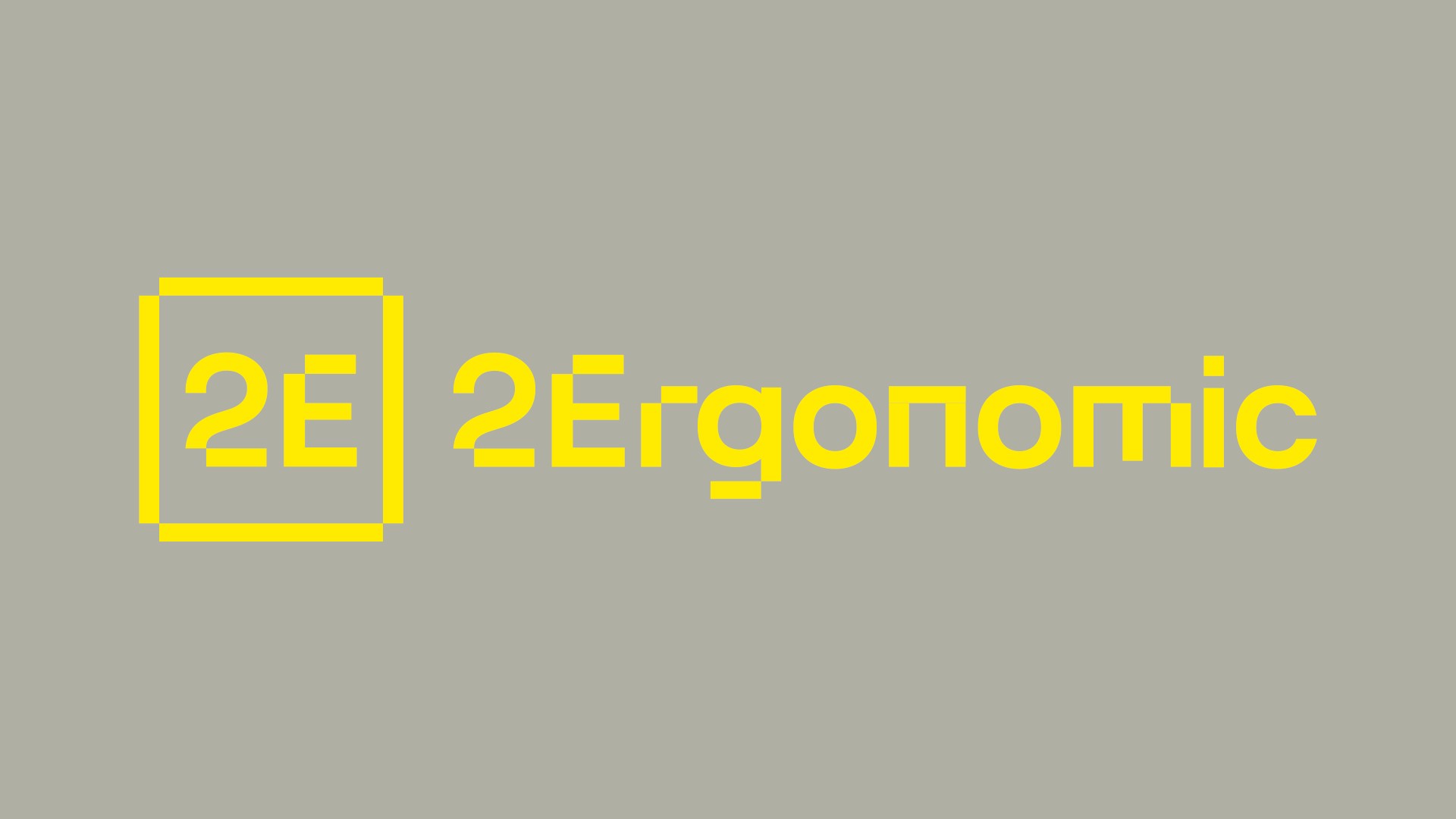

2Ergonomics Modern Furniture wanted to exceed its customers’ expectations by building an identity that its consumers could value. Hence, we at Vowels provided them with branding services and logo design focused on their Brand Vision.
2. Cloud Go
Brand Revamp & Identity
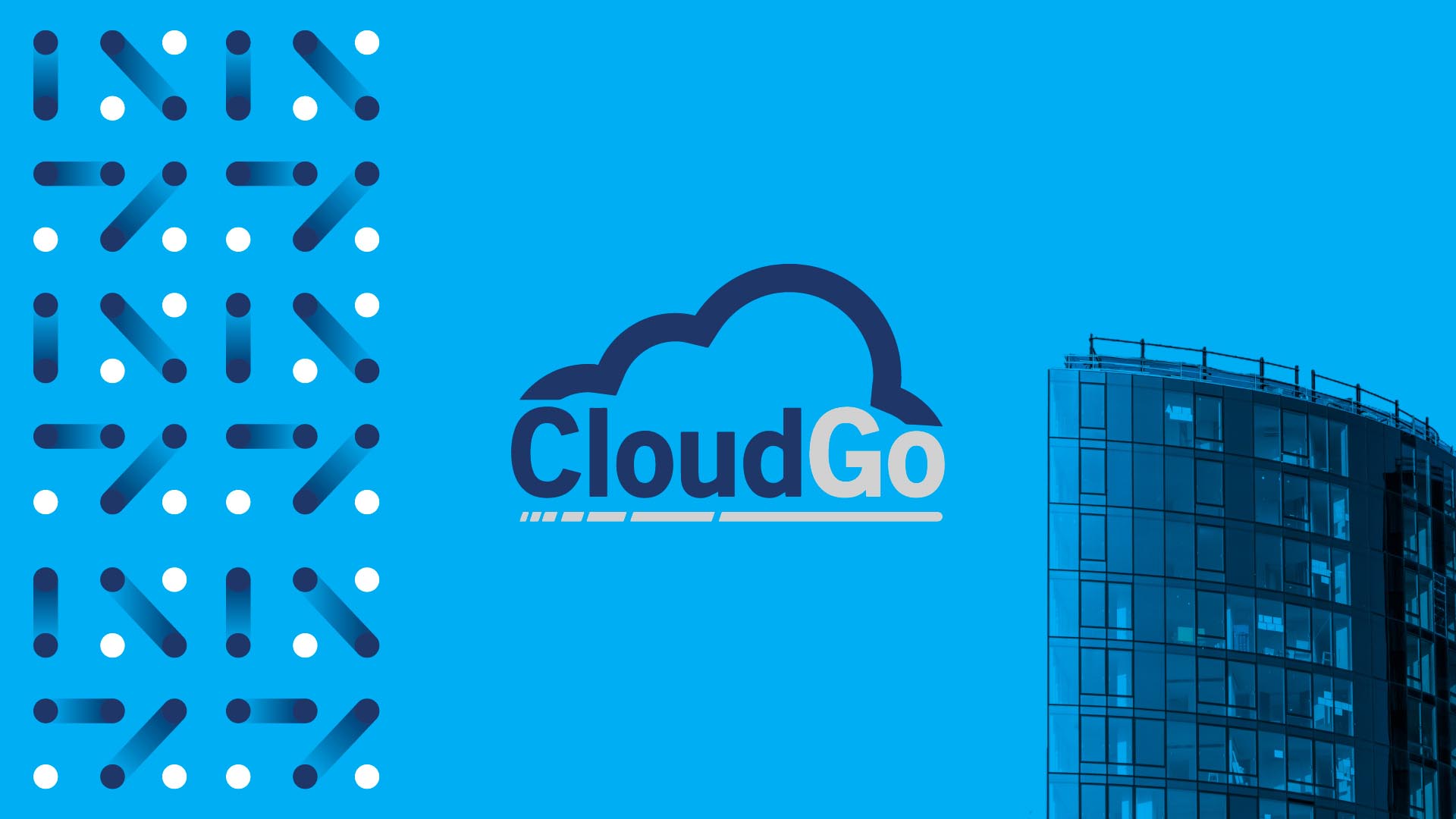
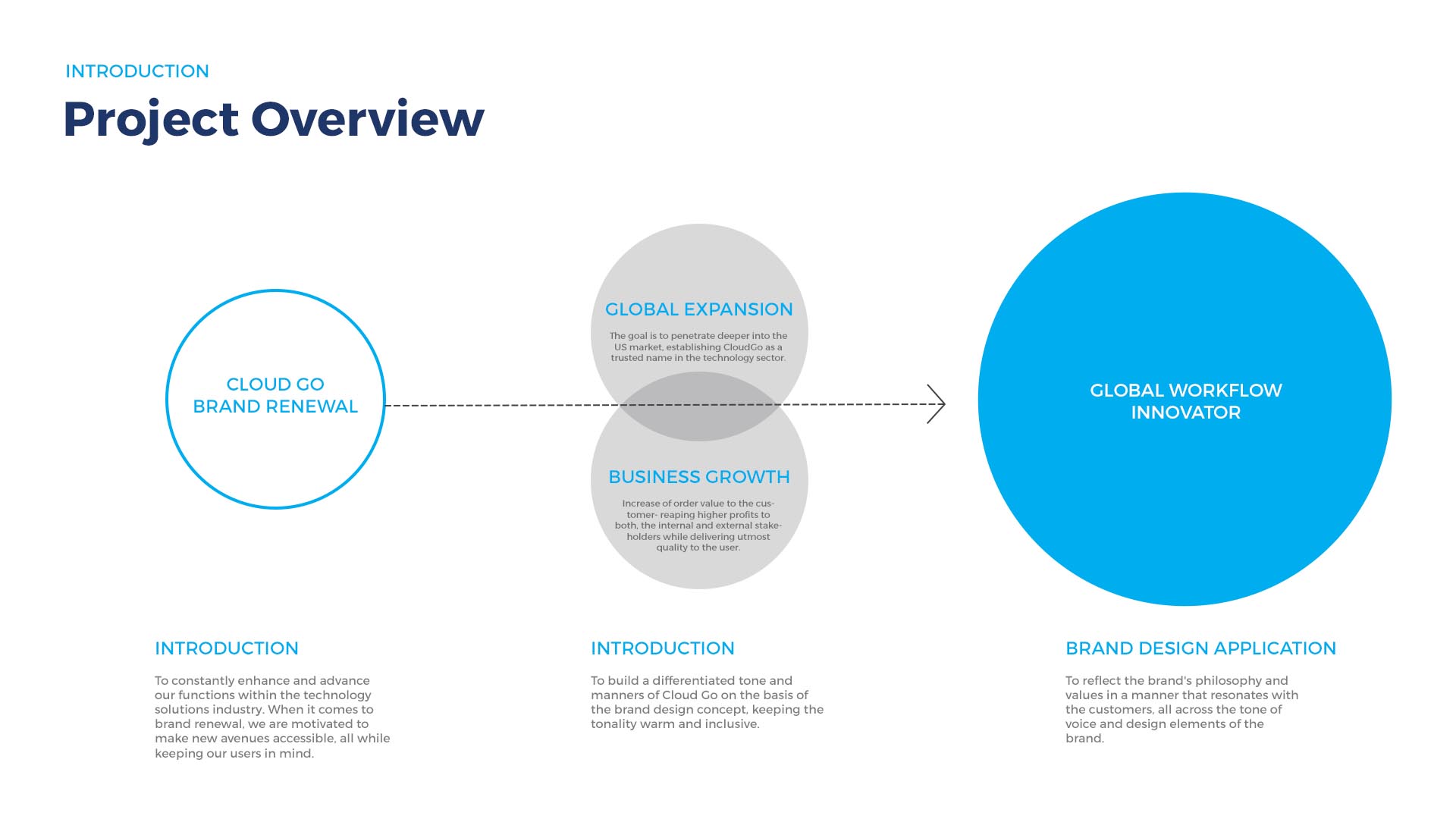
Cloud Co wanted to overhaul the Brand experience to expand the company globally. Thus, we offered a new ideation strategy with a brand revamping plan to help them achieve their goal.
4. FAQs
Q. How much time does it take to develop a brand?
Ans. A memorable brand might take years to develop, but if your business is ready to jump in, it can be an exciting experience for your entire staff. A branding process starts at least six weeks in advance and keeps changing to meet your needs. Your product or service will flourish if your target market accepts your brand’s ideas and things keep going well.
Q. Why do we need to build a brand if we already have a consumer base?
Ans. A solid brand gradually establishes itself, represents your message, and excels for you. Even if you have a solid customer base, your brand serves as your representative, attracting and comforting existing customers while luring potential new ones. This constant message can develop and change in line with your audience’s evolution as your brand grows.
Q. What are some consequences of having a strong brand?
Ans. A strong brand generally contributes to increased profitability and marketing effectiveness, demonstrating that it is just as important as any financial asset. Regarding branding, return on investment can take time to calculate. Still, branding can develop a strong and distinctive bond between your organization and its target audience when done well.
Q. How do customers view identity?
Ans. Customers see and identify with your business on an emotional level. When creating your brand, there are numerous factors to consider, but the most important thing to remember is that your brand should be unified, consistent, and long-lasting in all of its manifestations.


